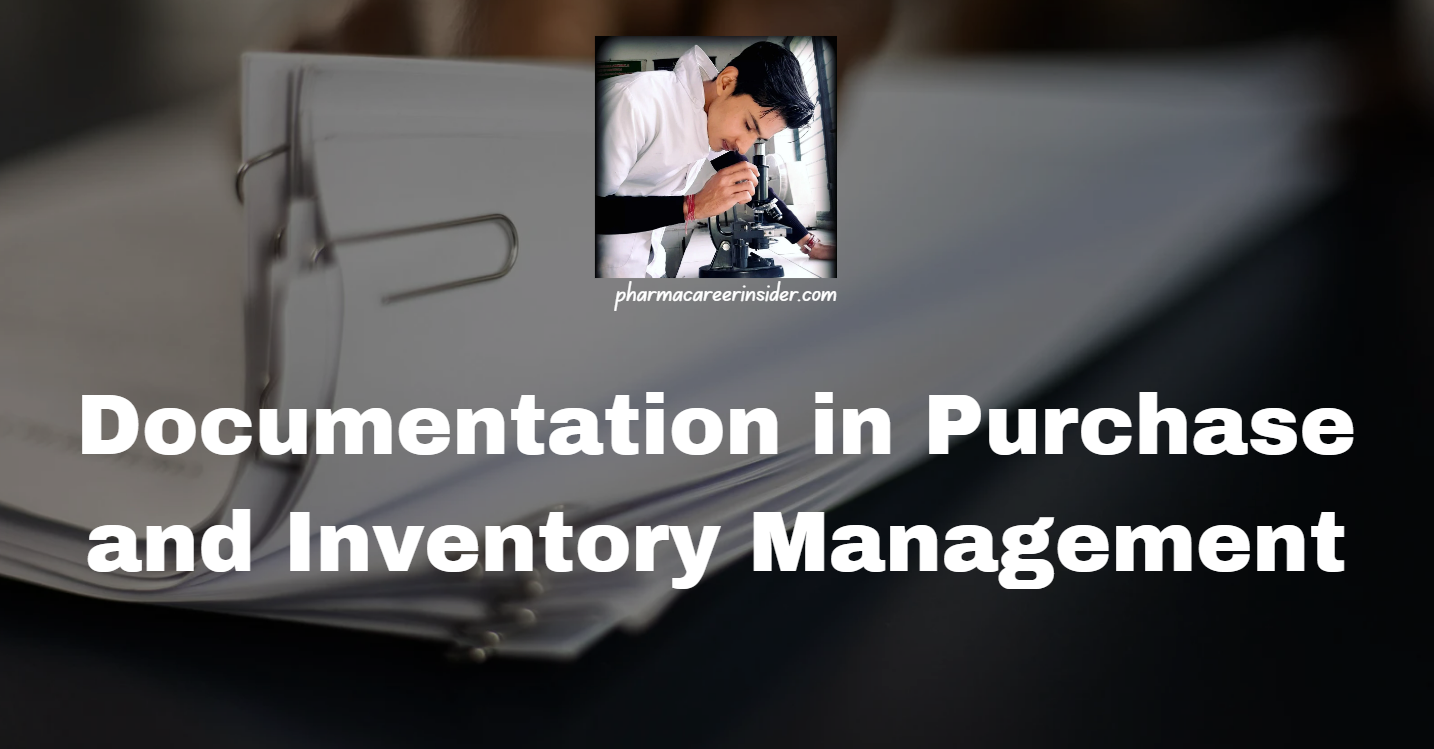Documentation in Purchase and Inventory Management
Efficient and accurate documentation is crucial in the fields of purchase and inventory management, contributing to regulatory compliance, financial accountability, and overall operational transparency. This detailed note covers various aspects of documentation in the purchase and inventory management processes. Documentation in Purchase Management 1. Purchase Requisition Definition: A formal request initiated by a department or … Read more










